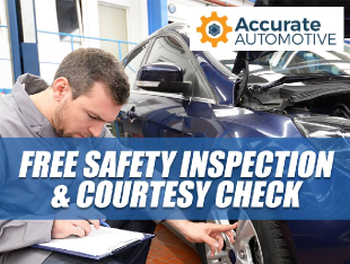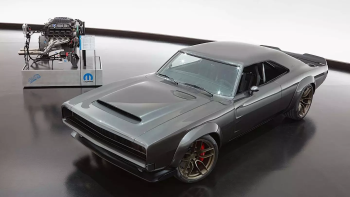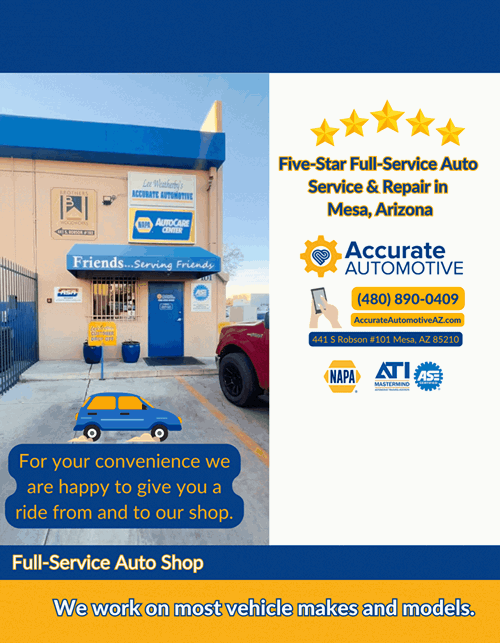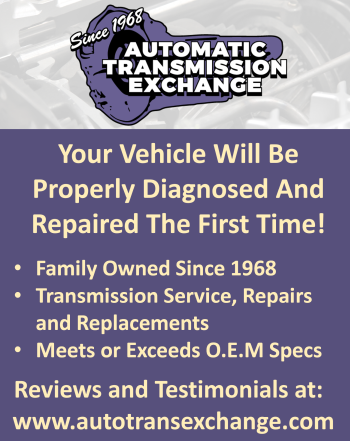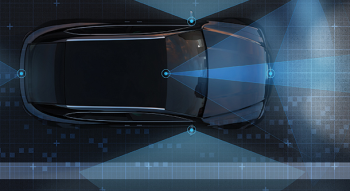
Four-in-ten Americans misjudge partially automated driving systems’ ability based on their name
ORLANDO, Fla. (Nov. 14, 2018) – A new survey from AAA finds that 40 percent of Americans expect partially automated driving systems, with names like Autopilot, ProPILOT or Pilot Assist, to have the ability to drive the car by itself, indicating a gap in consumer understanding of these technologies and reality. AAA also tested these systems and found that they are in fact not designed to take over the task of driving and can be significantly challenged by every day, real-world conditions such as poor lane markings, unusual traffic patterns and stationary vehicles. As this type of technology becomes more commonplace on the road, AAA cautions consumers not to take vehicle system names at face value and, although meant to assist in the driving task, should never be used as a replacement for driver engagement.
“With today’s exciting advances in vehicle technology, there is a greater need for naming that clearly signals to a driver what the system does,” said Greg Brannon, AAA’s director of Automotive Engineering and Industry Relations. “Vague or confusing terminology may lead someone to overestimate a system’s capability, unintentionally placing the driver and others on the road at risk.”
In partnership with the Automobile Club of Southern California’s Automotive Research Center, AAA tested four vehicles equipped with systems that combine technologies such as adaptive cruise control and lane keeping assist to help maintain lane position, forward speed and following distance in relation to a lead vehicle. Closed-course and on-road testing evaluated performance in typical driving situations where the technology generally behaved as expected. However, there were a number of instances in both environments that caused these systems to act in an unpredictable manner, requiring driver intervention to avoid a potential collision.
While driving on public roadways, AAA found test vehicles struggled when encountering scenarios that included moderate traffic, curved roadways and streets with busy intersections. Researchers noted many instances where the test vehicle experienced issues like lane departures, hugging lane markers, “ping-ponging” within the lane, inadequate braking, unexpected speed changes and inappropriate following distances. AAA’s study also revealed that nearly 90 percent of events requiring driver intervention were due to the test vehicle’s inability to maintain lane position. The irregular and complex nature of the real-world driving environment revealed the vulnerabilities of this technology. AAA’s testing found the systems generally performed best on open freeways and freeways with stop and go traffic.

